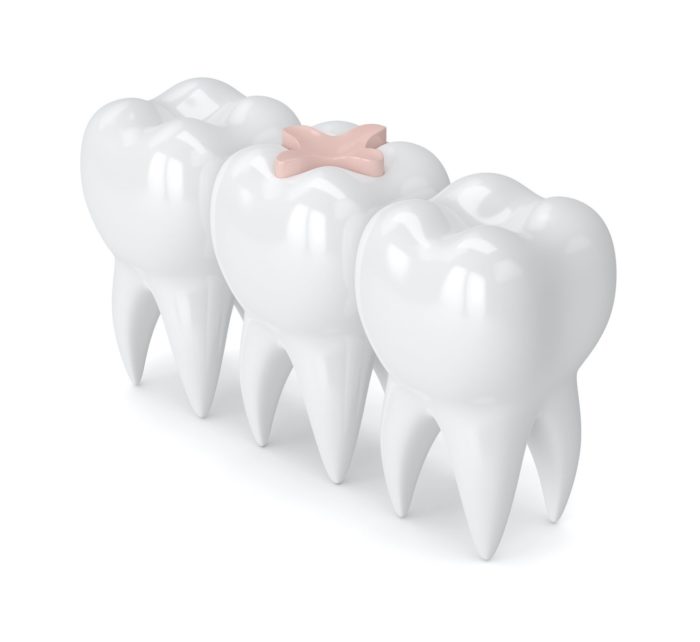Children can begin getting cavities as soon as they start growing teeth. Even baby teeth will need treatment for these early stages of tooth decay in order to protect their overall oral health into adulthood.
The dentist will drill away the decayed portion of the tooth. Then they fill the resulting hole with composite resin, giving them a dental filling. As a guardian, you may worry about this lasting fixture in your child’s smile. Read on to learn more about pediatric dental fillings and how they improve a young patient’s oral health.

How Long Will Fillings Stay in the Tooth?
You may worry about the longevity of a dental filling when your child receives this dental work at an early age. If your child receives a filling in a baby tooth, then the filling will come out of the mouth when that tooth falls out naturally.
A filling in a permanent tooth will last about ten years with proper care and maintenance. This will involve proper oral hygiene and steering clear of poor oral habits like chewing on abnormally hard items or biting fingernails.
The filling might be made from tooth-colored resin or a metal alloy. Either way, you can feel confident that the filling will seal into place and fit the young patient’s tooth appropriately. The dentist tests the patient’s bite before they leave their office. They do this to make sure that the new dental fixture will not disrupt their oral function.
Can Fillings Fall Out of a Tooth?
Dental fillings are effective restorative treatments for cavities, but these fixtures are not indestructible. They can withstand the everyday wear and tear from chewing and biting. But high amounts of pressure may make the filling become loose or dislodge.
Patients should avoid biting hard items or habits like teeth grinding if possible, as they generate this type of pressure that could hurt a filling. If a filling does fall off, you should contact your pediatric dentist as soon as you can.
When the seal of a dental filling breaks, the vulnerable, exposed portion of the tooth that had decayed becomes in danger of plaque and bacteria. It could have a higher risk of new cavities or an infection. Prompt repair or replacement of a broken filling will keep the child’s smile safe.
Can a Dental Filling Prevent Cavities?
A dental filling is a treatment that restores a tooth and keeps the exposed part of the tooth safe after a cavity is drilled. This can shield this particular spot on the tooth from plaque and further structural damage and decay.
However, though this initial cavity is gone for good after this procedure, a new cavity can form. It may develop on this same tooth around the filling or on a different place in the mouth.
You can help your child prevent cavities by encouraging healthy oral habits. Make sure they brush their teeth twice each day and floss daily. They should also visit their dentist for routine teeth cleanings and exams.
